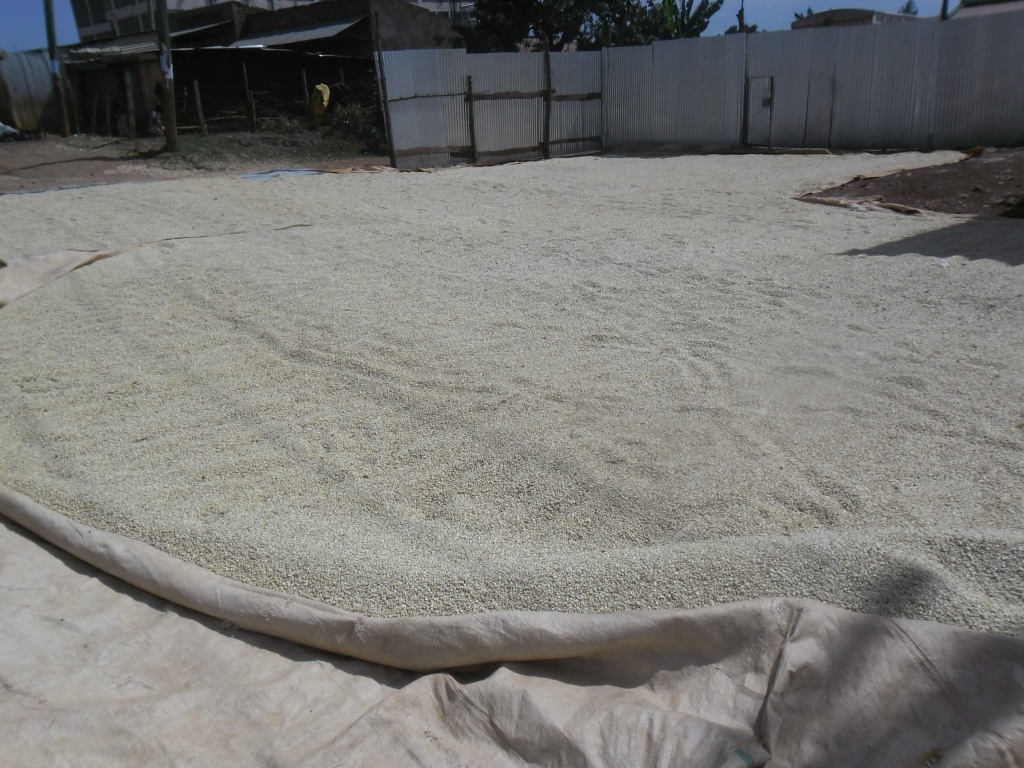The government of Kenya under the ministry of Agriculture has announced plans to provide free drying services to maize farmers in the North Rift region which forms the bulk of Kenya’s bread basket. The action is meant to cushion farmers against post-harvest losses and help them manage their produce.
Related article: Kenya Government to buy 90 kg bag of maize at Sh. 3200 from farmers
“Ten to 20 per cent of the total volumes of maize harvested is lost in the maize supply chain” said Dr Jane Ambuko, a senior lecturer at the University of Nairobi’s Department of Plant Science and Crop Protection.
Related article:Maize Nixtamalization reduces aflatoxin by 60-70%
She said that some farmers cut their maize and leave it in the field for too long, exposing the crop to fungal rots leading to qualitative losses.
“I would like to confirm that the delivery has been slow since the Eldoret depot opened its doors to receive deliveries. Only 200,000 bags out of out of the expected yield of 1.5m bags have been received so far” said Agriculture Cabinet Secretary Willy Bet. He was speaking in Eldoret where he visited the depot to monitor the status of delivery of the important cereal.
Related article:Maize Storage Quality controls for food safety
The delay to deliver the maize has been attributed to the ongoing heavy rains which has affected the quality of produce in farmers’ farms. Most of the maize has been lost due to rotting and swelling. Consequently, most of the produce cannot meet the threshold set by the National Cereals and Produce Board.
Maize drying in Kenya
In 2016, the Kenya’s National Cereals and Produce Board (NCPB) issued a directive to all of its depots across the North-Rift Region not to accept maize that has moisture content of below 13.5 percent. Anything above this limit is considered unsafe for human consumption and therefore rejected at the point of sale. High moisture content in maize leads to afltoxin contamination which is a silent killer that causes liver cancer and suppresses the immune system. It also retards growth and development of children. People exposed to very high aflatoxin concentrations experience liver failure and rapid death.
Death from aflatoxin infection can occur within 48 hours. The United Nations Food and Agriculture Organization estimates that toxins like aflatoxin infect around a quarter of the world's crops every year, wasting one billion metric tons of food. Kenya is one of the world's hotspots for aflatoxin.
“In 2017, we have reduced the quality to four per cent so that more farmers are able to bring their produce to the depot, hence relieving them the burden of rejection by the board” said Bett.
Harvesting in the North Rift region began in late October and majority of the farmers depend on the sun to dry their grains. It is projected that 37.9m bags of maize, majority of these from smallholder farmers will be realized from both the long and short rains in 2017.
This represents a decline of 4.4 per cent of the long term average (LTA) of 40m bags and a slight increase from the 36.9m bags realized in 2016. The decline in overall production was attributed to reduction in area under maize by 5.1 per cent late rainfall onset coupled with long dried spells mid-season and fall army worm invasion.

















Comments powered by CComment